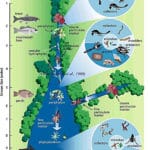Moving Freshwater Science Forward
Our efforts at Stroud™ Water Research Center require intellectual curiosity, a systematic and rigorous approach to scientific research, and the drive to answer a series of challenging questions about freshwater ecosystems. The answers to these questions may take decades to fully understand, but it is critical that we persist, as they have the power to influence others in ways that positively affect the world’s finite supply of clean fresh water.
Recent Publications
Xia, J., H. Hu, X. Gao, J. Kan, Y. Gao, and J. Li. 2024. Biology 13(7), 550.
Deep metagenomic sequencing unveils novel SAR202 lineages and their vertical adaptation in the ocean
He, C., D. Fucich, A. Sosa, H. Wang, J. Kan, J. Liu, Y. Xu, N. Jiao, M. Gonsior, and F. Chen. 2024. Communications Biology 7, 853.
To achieve the Clean Water Act’s goals, prioritize upstream ecology
Ensign, S.H., D.B. Arscott, M. Daniels, C. Dow, J.K. Jackson, D. Oviedo-Vargas, and M. Peipoch. 2024. Water Resources IMPACT 26(3): 19–21.
Freshwater Research News
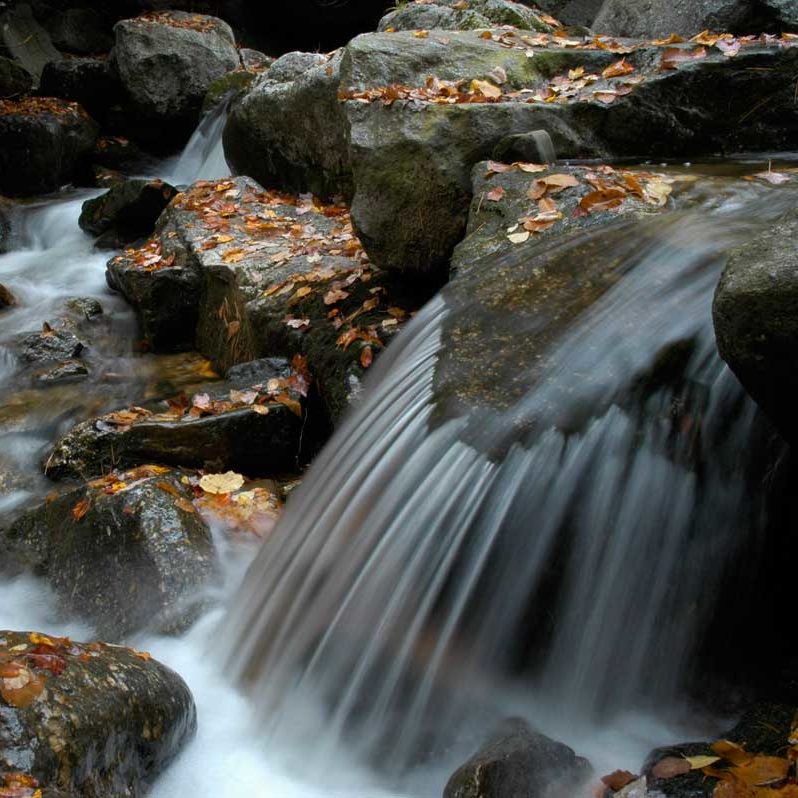
Seminar Series Investigates Laws Protecting Fresh Water
Stroud Center scientist John K. Jackson, Ph.D., will explore whether environmental laws are protecting our streams and rivers.
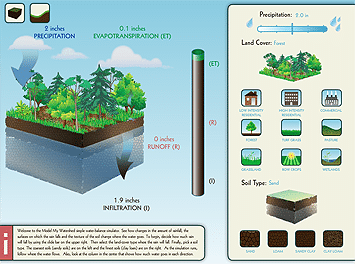
Seminars to Address Hot Topics in Watershed Science and Education
The lecture series gives the public the chance to learn how watershed science and education are tackling water-related challenges.

UpStream Newsletter, Spring 2012
A Seeker of the Truth: Denis Newbold, Ph.D., holds both strong political beliefs and an absolute commitment to scientific rigor, not an easy place to be when science is under
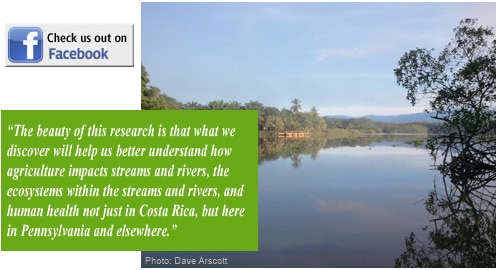
UpStream Newsletter, Fall 2011
Gone Fishin’ -- Evaluating the Threat of Agricultural Contaminants in the Río Sierpe: Stroud Center scientists worked in Costa Rican watersheds to identify contaminants as well as contaminated species that

Gone Fishin’: Evaluating the Threat of Agricultural Contaminants in the Río Sierpe
Stroud Center scientists sampled the Río Sierpe and Grande de Terraba watersheds to identify contaminants as well as contaminated species that threaten humans who consume them.
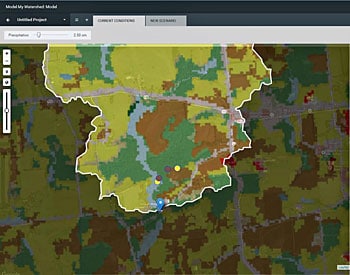
Stroud Center Projects Featured at National STEM Event
The hands-on interactive nature of the Model My Watershed® and Critical Zone Observatory projects received considerable attention from both speakers and educators.

